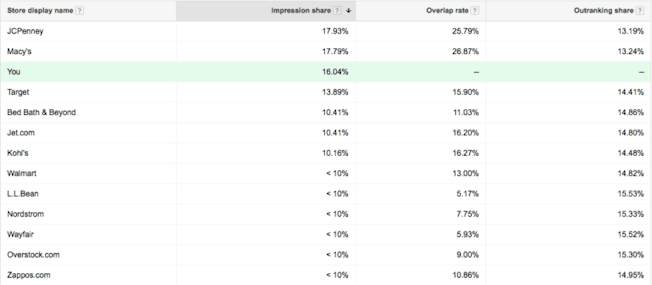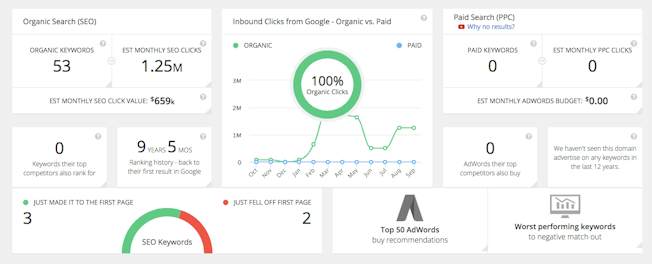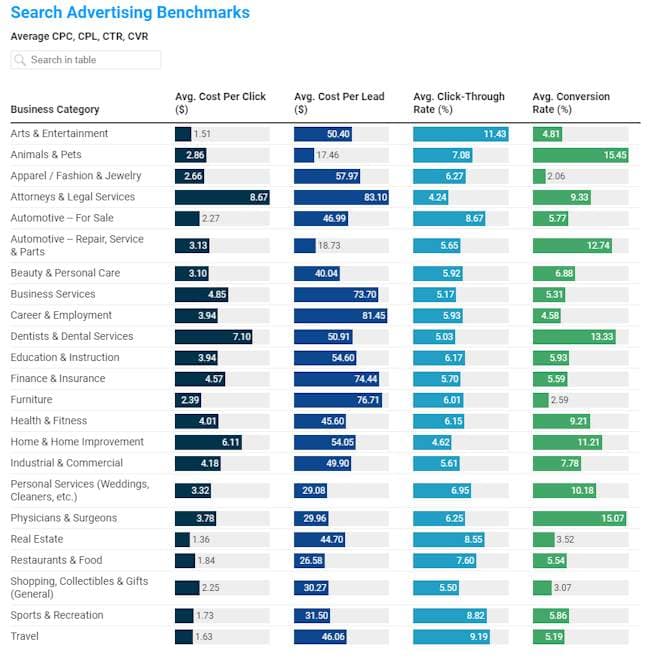How To Do A PPC Competitive Analysis In 2024

How To Do A PPC Competitive Analysis will be described in this article. Pay-per-click initiatives can increase traffic, lead generation, and brand exposure. However, PPC marketing can be challenging to do properly, particularly given the number of rivals fighting for the same audience.
For this reason, competition analysis is crucial. It can assist comprehending the strategies and techniques employed by your rivals in Google AdWords.
How To Do A PPC Competitive Analysis In 2024
In this article, you can know about PPC Competitive Analysis here are the details below;
A PPC competitive analysis can be effectively completed in six steps:
- Determine who your rivals are.
- Examine their PPC approach.
- Examine their landing pages and ad copy.
- Determine who their intended audience is.
- Examine their spending on ads and budget.
- Examine their ROI and performance.
Let’s get started and learn how to analyze competitors in PPC.
Step 1: Identify Your Competitors
Knowing who your competitors are is the first step in any competitive analysis!
Don’t skip this phase, even if you are an established business with extensive knowledge about your competitors. There are constantly new businesses entering market or growing that may eventually pose a threat.
Your sales and marketing departments will know who is in the market, so leverage your internal knowledge to find competitors. However, there are also some excellent tools available.
You can do ad research with SEMRush, and you can analyze the performance ad, bidding strategy, and campaign against your competitors with Google Ads Auction Insights (see below).
Step 2: Analyze Their PPC Strategy
You can examine their PPC strategy after you are aware of your competitors. Additionally, see how marketers blend PPC and SEO tactics to cover both sponsored and organic channels. Here are a few efficient methods for doing it.
Keyword Research
Finding out which keywords your rivals rank for should be simple if you’ve already completed a competitive analysis for SEO.
However, it’s worthwhile to carry out the same procedure for PPC because there can be terms or phrases that you overlook for sponsored advertising.
To find out the keywords your competitors are bidding on, use tools such as SEMRush’s Keyword Gap tool.
It’s important to consider volume and CPC when evaluating a keyword’s cost-effectiveness. You can use this to find any possible holes in your keyword strategy.
Ad Placement Analysis
Take a look at the locations of your rivals’ advertisements. Are they mostly showing up on particular websites, social media platforms like YouTube, or search engine results pages (SERPs)?
Examine this data to find possible locations for your advertisements, and don’t be afraid to try new things to gauge how well your material works. Similar web is a useful tool for this.
Monitor their Search Results
To determine your competitor’s search engine ranking, ad expenditure, and ad copy, use paid or free tools such as the ones we’ve already described. Your ad copy and bidding approach will benefit from this.
Use Ad Intelligence Tools
Ad intelligence solutions such as Spyfu let you view the past results of the advertising campaigns that your rivals have run. This covers their click-through, conversion, and ad expenditure rates.
With the help of these insights, you can determine whether it is worthwhile to replicate what is effective for them.
Step 3: Analyze Their Ad Copy and Landing Pages
When it comes to engagement and conversion, content matters. Ad copy and landing page content should be customized to your audience’s interests and wants if you don’t want them to click or stay on your website for very long.
Ad Copy Analysis
An excellent method to enhance copy performance is to observe what your rivals are doing. What do they advertise as their unique selling qualities and how are they promoting their goods or services?
To accomplish this, consider these questions:
- Do they use certain keywords in their advertising copy?
- What kind of tone—formal, informal, humorous—is the subject or approach taking?
- Which images or videos are they utilizing to entice viewers to click?
- What kind of calls to action do they employ?
- Do advertisements’ color schemes complement their brand?
To acquire inspiration for your social media advertisements, read “8 Tips for Content Optimization for the Every Social Media Platform.”
Landing Page Analysis
Your conversion rate will soar with an effective landing page. To encourage click-through, the content must be persuasively written, appeal to your target demographic, and have a clear call to action.
Additionally, confirm that the copy on your landing page corresponds to their origin. Does the landing page that a visitor sees after clicking on a Facebook advertisement, for instance, correspond with what they expected to read about? Does it fit the Facebook ad’s style and messaging?
You can identify the top-performing landing pages of your competition by using Google’s auction report. Thus, jot down a list and examine it. What and why is it working well? What could you improve upon or draw ideas from?
In order to maximize the conversion rate of prospects into leads or customers, consider conversion rate optimization in this context.
Step 4: Identity their Target Audience
You may determine whether your PPC targeting is effective or if there are buyer personas you’re overlooking by studying the target market of your competitors.
It’s time to start looking into this. Examine the audience that your rivals are aiming their PPC campaigns at. Which channels do they employ? What employment roles or seniority levels are they looking at, if it’s B2B? Is there a specific age range or gender profile if it’s B2C?
Target audience identification can be aided by tools like SimilarWeb, AHREFs, and Google AdWords Keyword Planner.
Step 5: Analyze Their Budget and advertising spend
Maximizing the return on your PPC ads is crucial as bids for keywords become more difficult to obtain and marketing budgets grow more constrained.
Take a look at your rivals’ budgets and the timing of their resource and funding allocations. To accomplish this, you can:
- Analyze search engine ranks with ad intelligence tools (such as Spyfu or AdGooroo).
- Keep an eye on rival advertisements and their frequency of appearance.
- Examine their internet footprint, including social media.
- Make connections with business leaders and gain additional insight into spending patterns.
These strategies will assist you in better comprehending your sector and identifying the audience engagement strategies that your rivals are using. Also check reimage alternatives
Step 6: Analyze Their Performance and ROI
It’s critical to comprehend the PPC activity and return on investment of your rivals.
Analyzing industries or common benchmarks for your sector is the greatest approach to accomplish this. This Wordstream example of Google and Microsoft advertising in 2022 provides you with an excellent starting point for setting attainable and realistic KPIs for your campaigns.
Average placements, cost per click, cost per lead, CTR, impression share, cost per acquisition & the conversion rate are the metrics you should be aware of and monitoring.
Recognize that perfecting your PPC ads may take some time, so be prepared to examine, adjust, and experiment.
Learn how to analyze competitor’s PPC compaigns
To keep your PPC ahead of the competition, it’s critical to perform a regular competitive analysis. The foundations of paid search, PPC campaigns, reporting, GA4, and much more will be covered in DMI’s brief PPC course. Today, reserve your spot!







